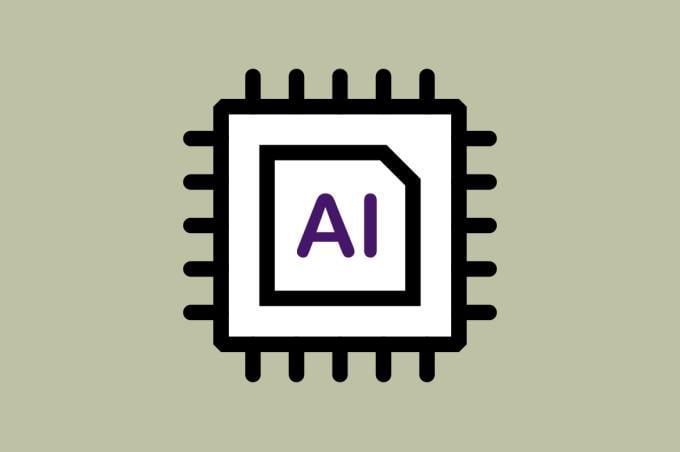With nearly three-quarters of physicians reporting that they work in a practice that offers telehealth, trends are emerging for how doctors can most appropriately deliver care using audio and visual technology, as well as secure messaging and remote patient monitoring, among other things.
Behavioral health. Managing nonacute, stable conditions. Medication management. Follow-up care. Pre- and postoperative visits. Health screening and triage. This is a sampling of the areas that physicians told AMA experts that they are able to appropriately use telemedicine while they are caring for their patients. Many specialists also said telehealth is being designed to support high-risk and acute care, including tele-ICU, telestroke and hospital at home.
AMA researchers spoke with representatives and practicing physicians from various medical specialties to better understand how different areas of medicine are using technology in their field, how specialties are advancing the appropriate use of digital health, and how new research is evaluating telehealth’s impact.
In addition to providing these insights, the resulting AMA report—“Future of Health: Advancing the Appropriate Use of Telehealth Within Medical Specialties” (PDF)—also explores some of the key challenges telehealth advancement continues to face, including physician payment, broadband access and medical licensure.
Supporting telehealth is an essential component of the AMA Recovery Plan for America’s Physicians.
Telehealth is critical to the future of health care, which is why the AMA continues to lead the charge to aggressively expand telehealth policy, research and resources to ensure physician practice sustainability and fair payment.
Right care at right time
Physicians from a number of medical specialties told AMA researchers that digital care can only partially replace the need for in-person visits and that a number of factors go into weighing whether telehealth is the most appropriate care for a patient. They said this include things such as:
- The patient’s clinical condition.
- The patient’s presentation.
- Acuity of the care.
- Resource availability—for example, access to broadband and a device to deliver the care though.
- Patient and physician comfort with technology.
- Which modality or combination of modalities will generate the best outcomes.
“Most clinicians indicated the importance of a hybrid approach whereby the physician could identify when it was appropriate to use telehealth and other digital technologies and when in-person care was needed,” the AMA report says. “Multiple interviewees noted that telehealth is a tool clinicians can use to address the ‘Five Rights’ approach for treating patients: the right care at the right time in the right place to the right person using the right approach.”
How 9 specialties use telehealth
With those needs in mind, here’s what leaders said were some common clinical conditions or services for which physicians in these nine medical specialties below use telehealth and other forms of digitally enabled care to effectively treat or deliver care to patients.
- Cardiology: Congestive heart failure, valve disease, benign palpitations, atrial fibrillation.
- Emergency medicine: Home-based emergency care, triage, virtual urgent care.
- Family medicine: Behavioral health, chronic disease management, simple review of dermatitis, annual wellness, vaccine education, acute care triage, hospital discharge.
- Hematology: Classic (benign) hematology, sickle cell disease, chemotherapy follow-up.
- Internal medicine: Triage for acuity, chronic disease management, behavioral health.
- Neurology: Movement disorders, epilepsy, headache medicine, neuromuscular disease, vascular neurology, cognitive disorders.
- Obstetrics and gynecology: Prenatal or antenatal care, pre- and post-op procedures, reproductive health (sexually transmitted infections, birth control, abortion).
- Oncology: Care planning for new patients, chemotherapy follow-up, symptom management, pre-op planning.
- Pediatrics: Specialty consultation, medically complex care (wrap-around services), developmental pediatrics, mental health; emergency department consultation (crisis triage), e-consults with other physicians, health professionals or schools, follow-up care (including medication management).
The AMA report includes a full table showing, for each use case, whether physicians in that specialty are commonly employing live video, live audio, asynchronous or remote patient-monitoring modalities of care.
Learn how the AMA is working to improve access to telemedicine.
Payment, regulatory challenges
Researchers identified six key challenges to continuing to advance the appropriate use of telehealth, all areas that the AMA is working to improve upon so that physicians can continue to incorporate technology that will best serve their patients.
- Physician payment.
- Broadband and technology access.
- Privacy and security.
- Medical-legal policies and licensure.
- Clinician education and preferences.
- Workflow.
Last year, for example, the AMA issued a report documenting how a commercial payer patchwork is holding back the promise of telehealth and digitally enabled care.




